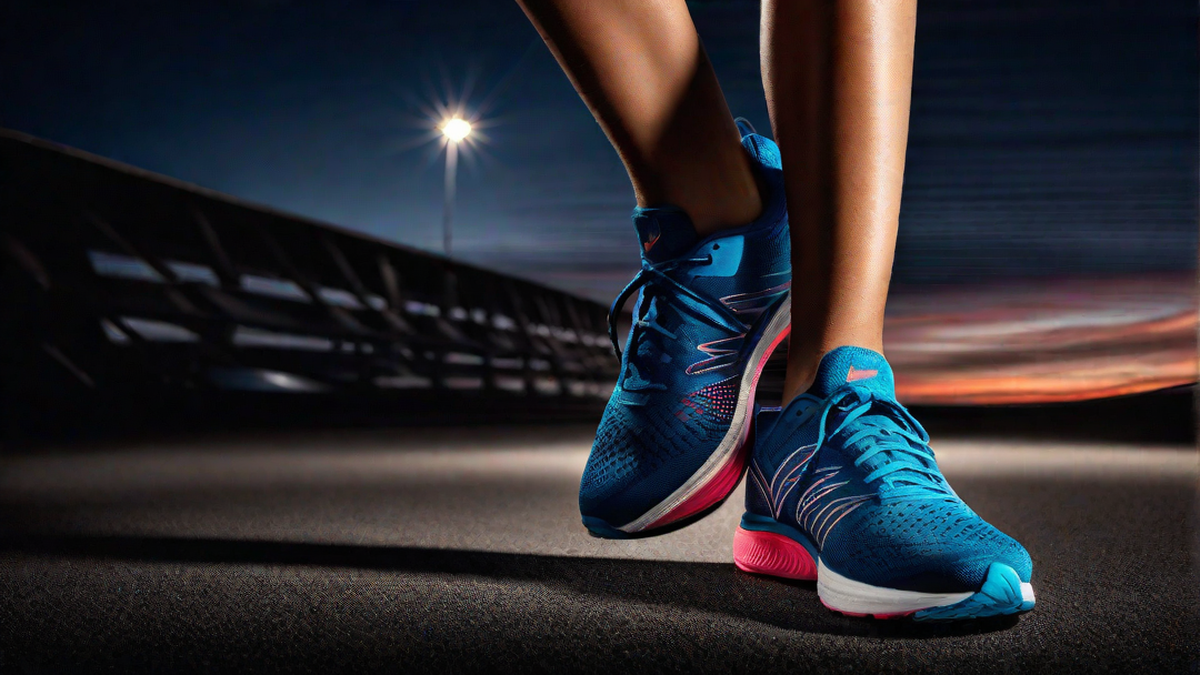When it comes to running, having the right pair of shoes is crucial. As a passionate runner myself, I know firsthand the importance of finding running shoes that fit perfectly. Not only can ill-fitting shoes lead to discomfort and pain, but they can also increase the risk of injury. In this article, I will share my personal insights and delve deep into the details of how running shoes should fit.
Why Proper Shoe Fit Matters
The first step in understanding how running shoes should fit is recognizing why it matters. The right fit provides a solid foundation for your foot, ensuring proper alignment and support throughout your run. A well-fitting shoe should feel snug but not tight, allowing for natural movement and flexibility.
Additionally, finding the right fit can help prevent common running injuries such as blisters, black toenails, and plantar fasciitis. It’s essential to prioritize your foot’s comfort and protection to enjoy a successful and injury-free running experience.
Getting the Right Size
One of the biggest mistakes runners make is assuming that their shoe size is the same as their regular shoe size. However, it’s essential to note that running shoe sizes can vary between brands and even models within the same brand. Therefore, it’s crucial to try on different sizes and styles to find the perfect fit.
When trying on running shoes, make sure there is about a thumb’s width of space between your longest toe (usually the big toe) and the front of the shoe. This extra space allows room for your feet to naturally expand during a run without causing discomfort or toe jamming.
Remember that shoe sizes may also differ between men and women, so always look for the appropriate sizing chart for your gender.
Checking the Width
Aside from the length, the width of your running shoes is equally important. Just like our feet come in various sizes, they also come in different widths. If the shoe feels too narrow or too wide, it can cause rubbing, blisters, or even foot pain.
When trying on running shoes, pay attention to how they feel around the widest part of your foot, typically the ball area. Ideally, the shoe should provide a snug fit without feeling constrictive. If the shoe feels too tight in this area, you may need to try a wider size or look for brands that offer different width options.
Considering Arch Support
Another factor to consider when choosing running shoes is arch support. The arch of your foot is the curved area along the bottom, and it plays a crucial role in shock absorption and stability while running.
If you have high arches, look for shoes that offer ample cushioning and support. On the other hand, runners with flat feet or low arches may benefit from shoes that provide added stability and motion control. It’s always a good idea to consult with a knowledgeable salesperson or podiatrist to determine your foot’s specific needs.
Trying Different Brands and Models
Just like every runner is unique, so are our feet. What works for one person may not work for another, which is why it’s essential to try different brands and models to find the perfect fit.
Don’t be afraid to explore different shoe options and see what feels best for your feet. Visit a specialty running store where the staff can assist you in finding the right shoe based on your foot type, gait, and specific needs as a runner.
Reevaluating Over Time
Lastly, it’s important to note that our feet can change over time. Factors such as age, weight fluctuations, and pregnancy can alter the size and shape of our feet. Therefore, it’s crucial to periodically reevaluate your running shoe fit and make adjustments if necessary.
If you start experiencing discomfort, pain, or notice any unusual changes in your feet, it may be time to reassess your shoe fit. Your running shoes should continue to provide the necessary support and comfort to keep you running strong.
Conclusion
When it comes to running shoes, the fit is everything. Investing the time and effort into finding the right pair will pay off in the long run by enhancing your overall running experience and reducing the risk of injury. Remember to prioritize comfort, proper sizing, and individual needs when selecting your perfect running shoes. Happy running!

